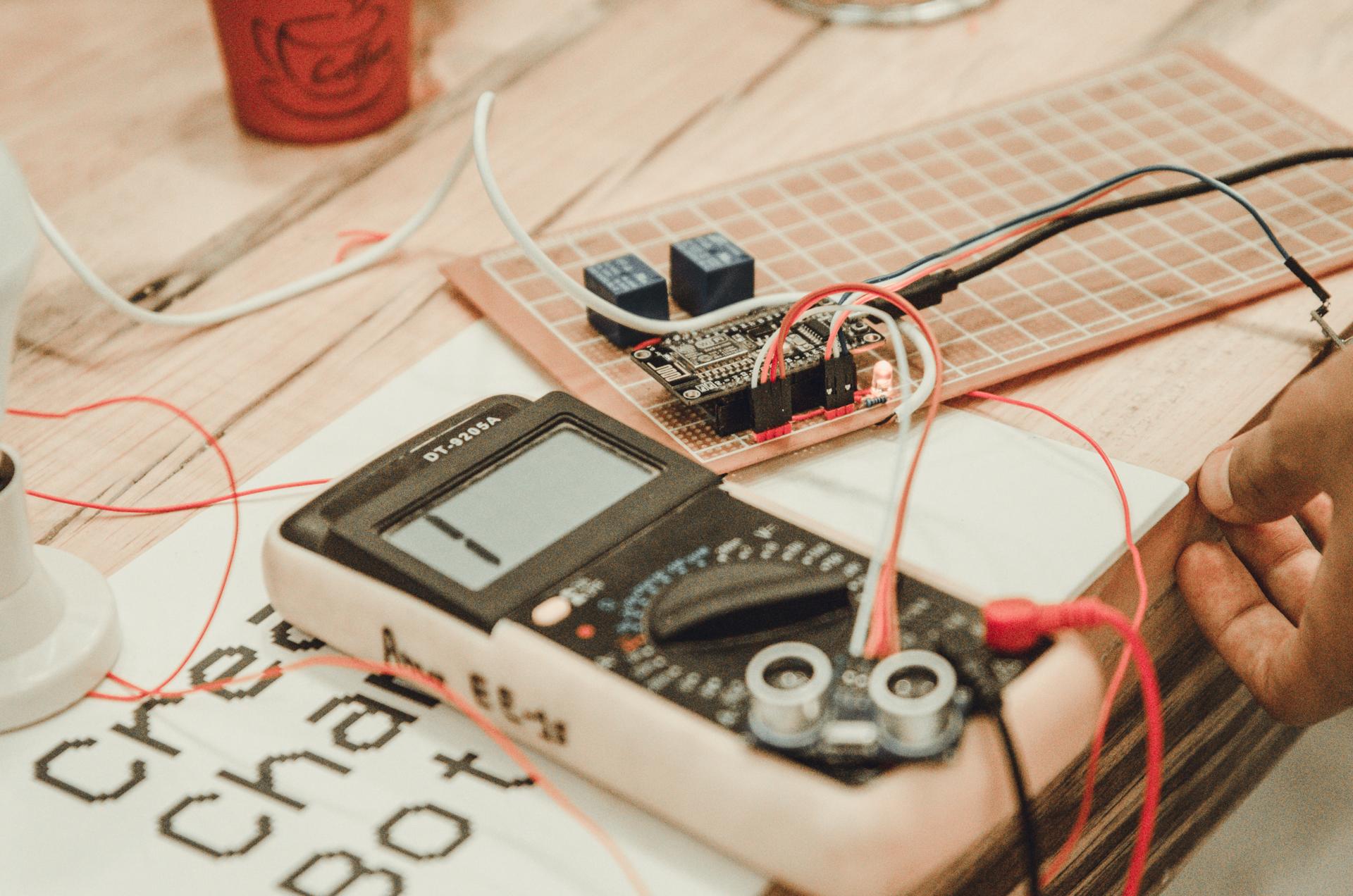Don't Risk Your Safety: Follow These Steps to Conduct an Electric Security Test at Home.

When it comes to security in your home one of the most crucial aspects to be considered is the safety of electrical wiring. Electrical safety testing is the process of checking the electrical system in your home to make sure that it is safe and in compliance with the latest standards. In this article we’ll provide the basics of what the electrical safety tests are, what equipment you’ll require in order to carry them out, how to carry out the tests and what warning signs to look out for.
What exactly is the definition of an Electrical Safety Test?
A safety test for electrical appliances is the process of inspecting the electrical system within your home to make sure it is safe and working properly. Electrical safety tests are important because they can help in preventing electrical fires and electrical accidents, and ensure the longevity that your electric system has.
Tools Required to conduct an Electrical Safety Test
For conducting an electrical safety check, you’ll require a few basic equipment. This includes a voltage tester and a continuity tester circuit tester as well as an outlet tester. The voltage tester is used to test for live circuits, whereas the continuity tester checks for damaged circuits. The circuit tester is utilized to look for wiring issues and the outlet tester is used to detect wiring issues at the outlets. It’s important to use the tools correctly in order to obtain precise results.
How do you conduct an electrical Safety Test
To conduct the electrical test inside your home, follow these steps:
Shut off the power supply to the circuit you’re conducting tests on.
Make use of this voltage tester to look for live circuits.
Utilize the continuity tester to check for broken circuits.
Utilize the circuit tester to check for electrical faults.
Utilize the tester for outlets to look for electrical problems in the outlets.
When testing Be sure to check for indications of wear or damage on the wiring that could indicate broken or frayed wires burn marks, and loose wires. If you discover any problems you need to fix the issues as soon as you can to prevent potential hazards.
The Signs of Electrical Issues to Look Out For
There are several indicators that may indicate electrical problems in your house. They include flickering light bulbs, frequent circuit breaker tripping and crackling or buzzing sounds emanating from outlets, hot or discolored outlets and a smell of burning. If you notice any of these signs, it’s important to act immediately to prevent potential electrical hazards.
Conclusion
Tests for electrical safety are vital to ensure the safety of your home and your family. By conducting regular tests and addressing any issues promptly you will be able to prevent hazards to electrical equipment and extend the life of your electrical system. If you require assistance with electrical testing and repairs do not hesitate to call Local Electrician Greystanes. Our knowledgeable team will give you professional guidance and assistance. Contact us at 1300 610 481 to schedule an appointment or request a quote.
FAQ Section
When should I perform an electrical safety test at my home?
We suggest conducting safety tests for electrical equipment at least once a year.
Can I conduct an electric safety check by myself or do I require a professional?
While it’s possible to perform the electrical test yourself but it’s best to hire an expert to guarantee accurate results and avoid potential hazards.
Are there any frequent electrical issues that are discovered during an electrical safety test?
The most frequent electrical issues discovered during a safety check include malfunctioning wiring, overloaded circuits and obsolete electrical systems.
What should I do if I encounter a problem in the electrical safety test?
If you find an issue when you conduct the electrical safety check, it’s important to take action immediately. This could include getting a professional electrician to fix the problem, or replacing faulty equipment.
